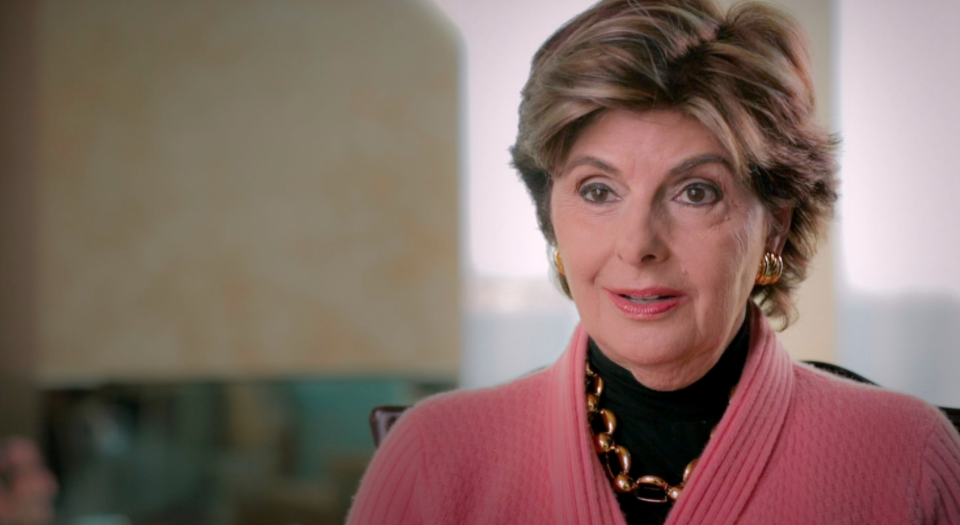Netflix tackles sexual assault in its latest documentary. Seeing Allred, released Feb. 9, follows “misunderstood” and outspoken attorney Gloria Allred, as she recounts her life experiences.
Both outgoing and resilient, Allred has represented women, lent her voice to minorities and fearlessly taken on some of the biggest names in Hollywood for decades. The documentary is perfectly balanced, effectively interspersed with noteworthy (and sometimes vicious) TV interviews, present-day press conferences and one-on-one interviews with close friends, family and peers such as feminist icon Gloria Steinem.
The documentary opens with a cute snippet from Allred’s short but memorable appearance on Dinah!, a popular 1970s daytime talk show. After host Dinah Shore runs through a list of chores expected of housewives, Allred remarks, “Well, Dinah, I think we have a uterus and a brain, and they both work.” Stunned, Dinah looks out at the audience in disbelief. The sequence sums up Allred in a nutshell.
While nowadays, few deny the equal, independent and free-thinking capabilities of women, much of this progress is the result of Allred’s tireless efforts. The movie offers a glimpse into Allred’s private life, her outspoken personality and numerous accomplishments. In a span of 96 minutes, viewers see a strong, independent woman who overcame hardship, struggle and sexual assault. She raised her daughter alone, got a master’s degree, put herself through law school and moved across the country to teach and advocate for women’s rights. She’s sued toy stores, prisons and department stores; protested, marched and held sit-ins; and in more recent years, she’s taken on President Trump. In a more personal sense, viewers see a strong role model selflessly dedicated to her job and her daughter. These interspersed life experiences offer a powerful vignette of her (often underestimated) importance.
Despite these noteworthy accomplishments, Allred has suffered the consequences of being a fierce activist in the public eye. At times, the documentary highlights these experiences. She’s been mocked on episodes of South Park, The Simpsons and Saturday Night Live, deemed a radical by many conservative activist groups and called an attention seeker who’s in it “for the money.”
Regardless, Seeing Allred conveys her strengths, depicting Allred as both modest and quiet. When asked about her two failed marriages and the worst event in her life, she’s uncomfortable, stumbles on her words and struggles to answer the questions. The interviews are raw and hard to watch, but also depict Allred as human.
The movie also highlights her role in the Bill Cosby sexual assault investigation. A representative for many individuals who came forward, Allred held dozens of press conferences, which were filmed and interspersed throughout the film. Through this lense, the documentary also follows her fight to change the statute of limitations in both Nevada and California, and her experiences with the LGBT community in the fight for marriage equality. Allred often comes off as angry, yet she speaks with poise and passion.
At times, this message of strength and power is repetitive. But it reiterates Allred’s importance as the resilient female role model society needs. In her lifetime, Allred has not only altered the “traditional family structure,” but helped give women the voice they have today. The movie effectively uses symbolism and film editing to exert this point. For example, the opening scene profiles a rack of pink female suits — a traditionally feminine color — parallel with Allred driving a “manly” sports car down the highway. On another note, Allred makes a point of being devoted to her job and not reliant on any male figure.
Most important is the movie’s cryptic finale. The last scene balances snippets from news conferences and interviews related to the latest sexual assault accusations facing powerful figures in Hollywood with imagery of Allred looking out her office window. The strong, poignant imagery is a chilling yet inspiring sequence. While Allred is the perfect commentator, mentor and fighter in this new women’s rights era, it is not her role alone. In the words of Allred, “The fight has just begun.”
3/4 Shells



